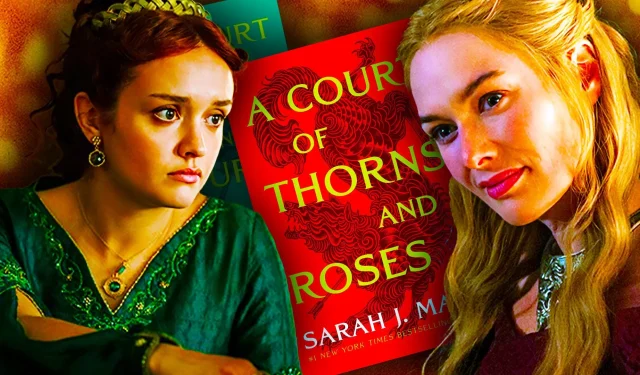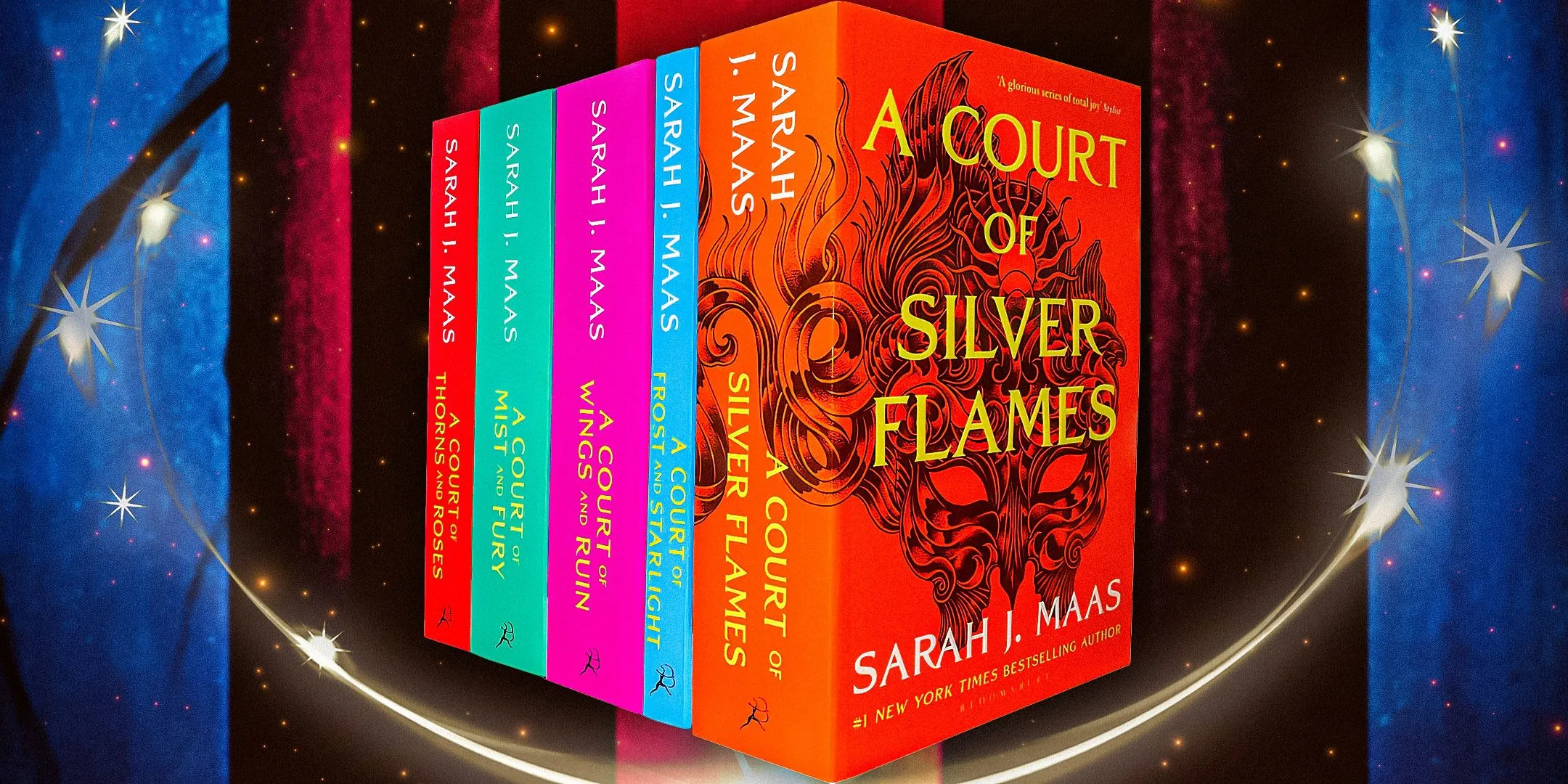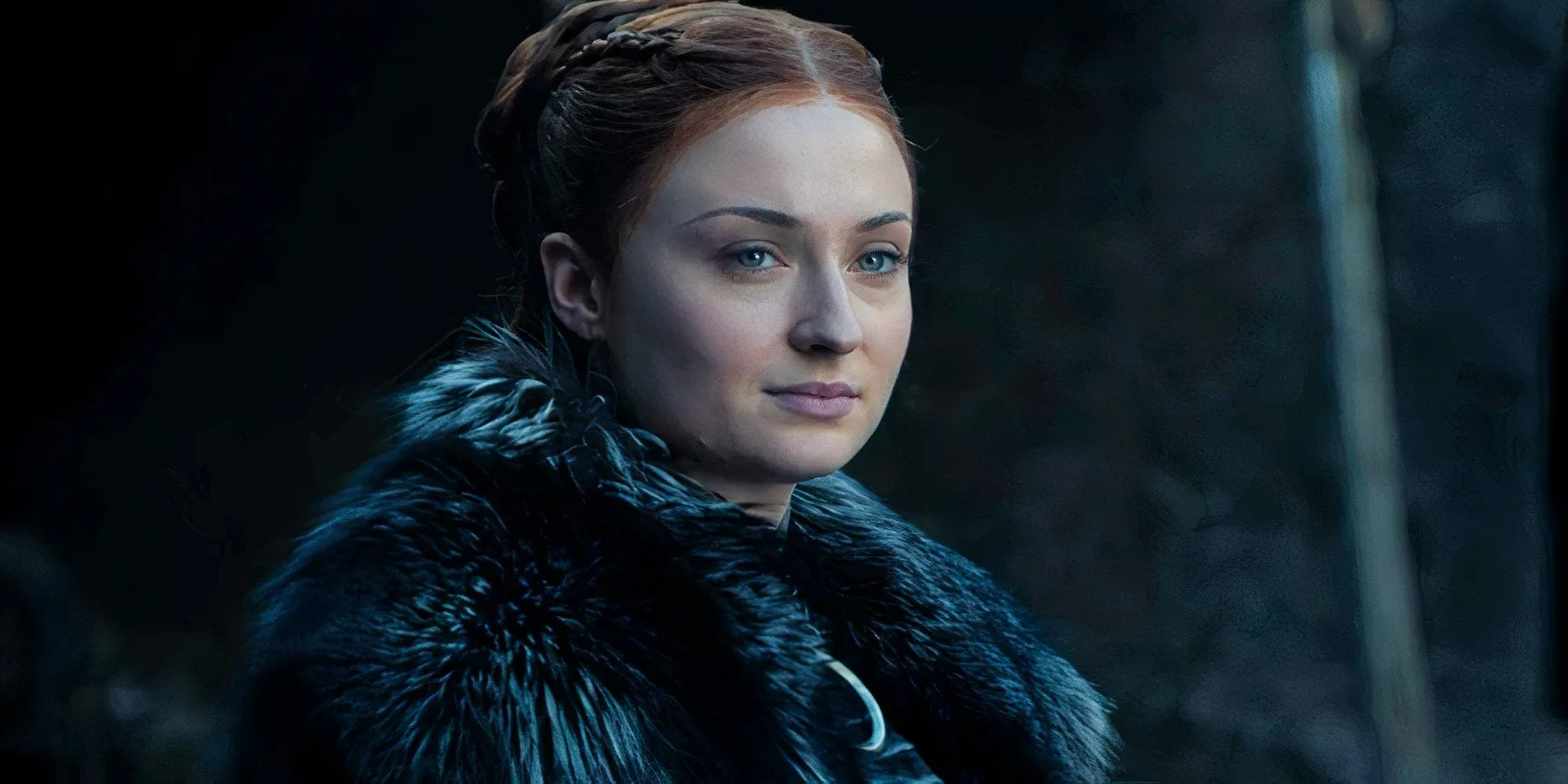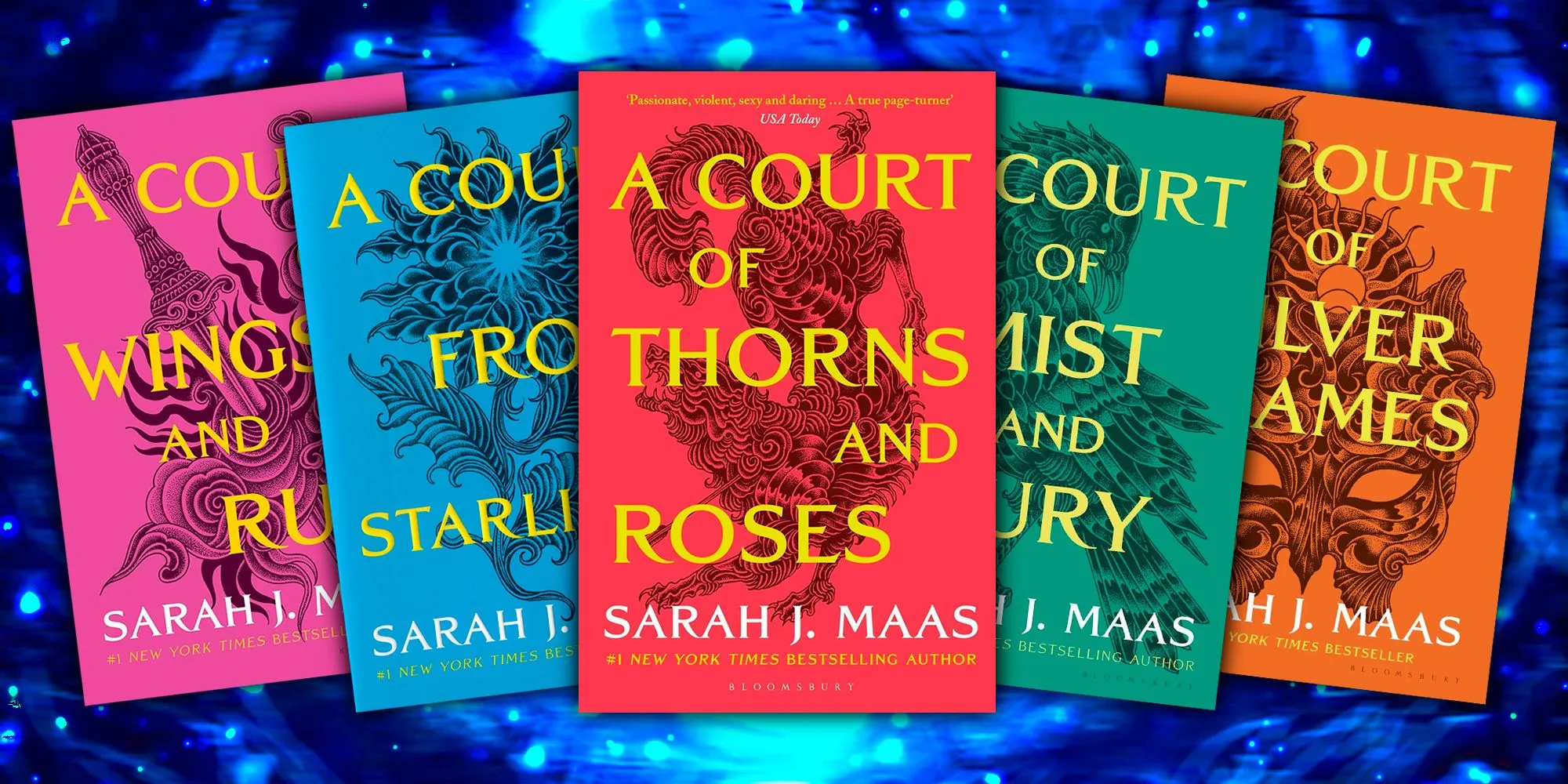
In the realm of fantasy, it’s understood that the worlds portrayed are fundamentally different from our reality. Such escapism allows for creativity and depth, offering characters the chance to grow and evolve within their narrative. Hulu’s adaptation of A Court of Thorns and Roses must not only rectify character arcs but also address the darker themes present in the original novels. It’s crucial to engage with these serious elements rather than shying away from them, as the show can provide a meaningful commentary on the complex issues the characters face.
|
Book |
Year of Release |
|
A Court of Thorns and Roses |
2015 |
|
A Court of Mist and Fury |
2016 |
|
A Court of Wings and Ruin |
2017 |
|
A Court of Frost and Starlight |
2018 |
|
A Court of Silver Flames |
2021 |
Essential Issues in Hulu’s A Court of Thorns and Roses Adaptation
Addressing Gender Dynamics in Fae Culture

A pressing concern in the portrayal of Fae culture within A Court of Thorns and Roses is the prevalent toxic masculinity that threads through both Fae and Illyrian narratives. While Maas’s romantic writing infuses some allure into the concept of the mating bond, it also reflects outdated notions of gender relations. Once a male character establishes a “mate bond”with a female, her agency diminishes significantly. Although such pursuit may initially seem flattering, it carries an intensity that can quickly escalate to danger—a dynamic ill-suited for a modern television audience.
Feyre and her sisters, throughout the story, endure significant discrimination, often treated as objects by the men surrounding them. Even in the Inner Circles, where some men remain exempt from these oppressive behaviors, the overarching narrative includes harrowing accounts of assault and reduction of women to mere vessels for childbirth. The adaptation should empower its female characters, allowing them a voice in determining their destinies. This adaptation presents a pivotal opportunity to challenge and redefine these toxic stereotypes.
Learning from Game of Thrones: Navigating Misogyny in Fantasy
Effective Representation in a Complex World

Many fantasy narratives unfold against the backdrop of feudal societies, inherently plagued by patriarchy and misogyny. However, Game of Thrones adeptly illustrated these themes while simultaneously challenging their validity. Major female characters began from positions of vulnerability yet actively resisted their oppression, discovering pathways to assert their independence and ambitions. By the series’ conclusion, some, like Sansa Stark, had shifted societal norms and gained significant power.
Watch Video
Watch Video
Hulu’s upcoming adaptation can draw inspiration from the strong, multifaceted female characters in Game of Thrones, who navigated their societal constraints with awareness and cunning. Although the fundamental structure of Fae culture is essential to the narrative, incorporating self-awareness and allowing female leads to critique their patriarchal treatment could create a compelling television experience.
Addressing Fae Culture: A Double Opportunity
Broadening the Spectrum of Female Representation

By addressing the treatment of women, the adaptation can also expand the development of secondary female characters and antagonists in the storyline. While Feyre and her sisters receive ample attention, other fascinating female characters, such as Amarantha, deserve deeper exploration regarding their motivations. Nesta, for instance, undergoes significant growth only in A Court of Silver Flames, revealing her complexity.
In the current television landscape, it is imperative to avoid perpetuating unhealthy relationships or depicting violence against women without critical examination. While A Court of Thorns and Roses is recognized for its intense romantic elements, the adaptation must enhance its narrative and character development to resonate with viewers unfamiliar with the source material. Feyre exhibits remarkable strength throughout the series, and it is essential for the portrayal of other female characters to reflect similar resilience.




Leave a Reply